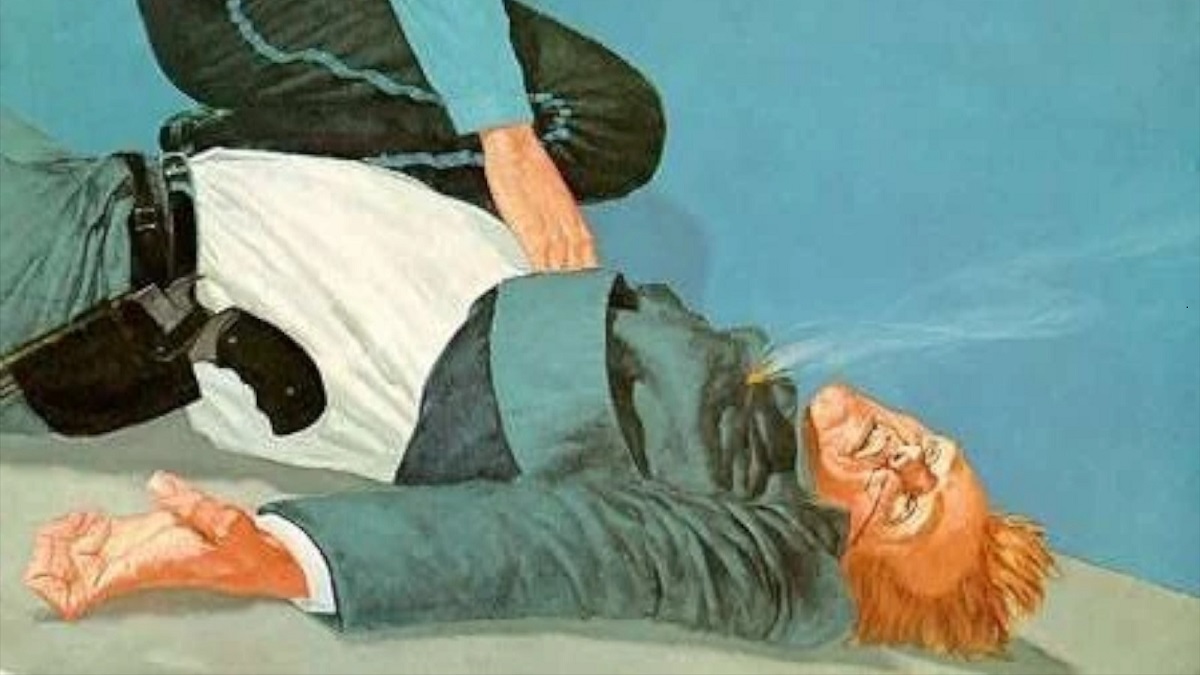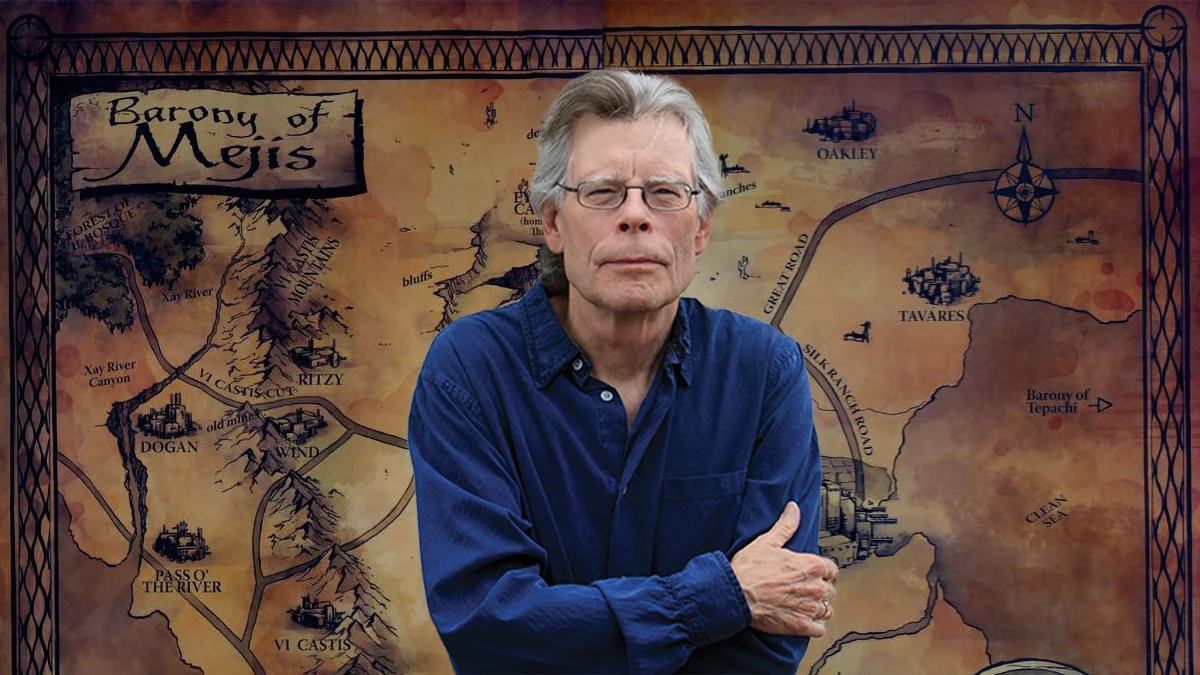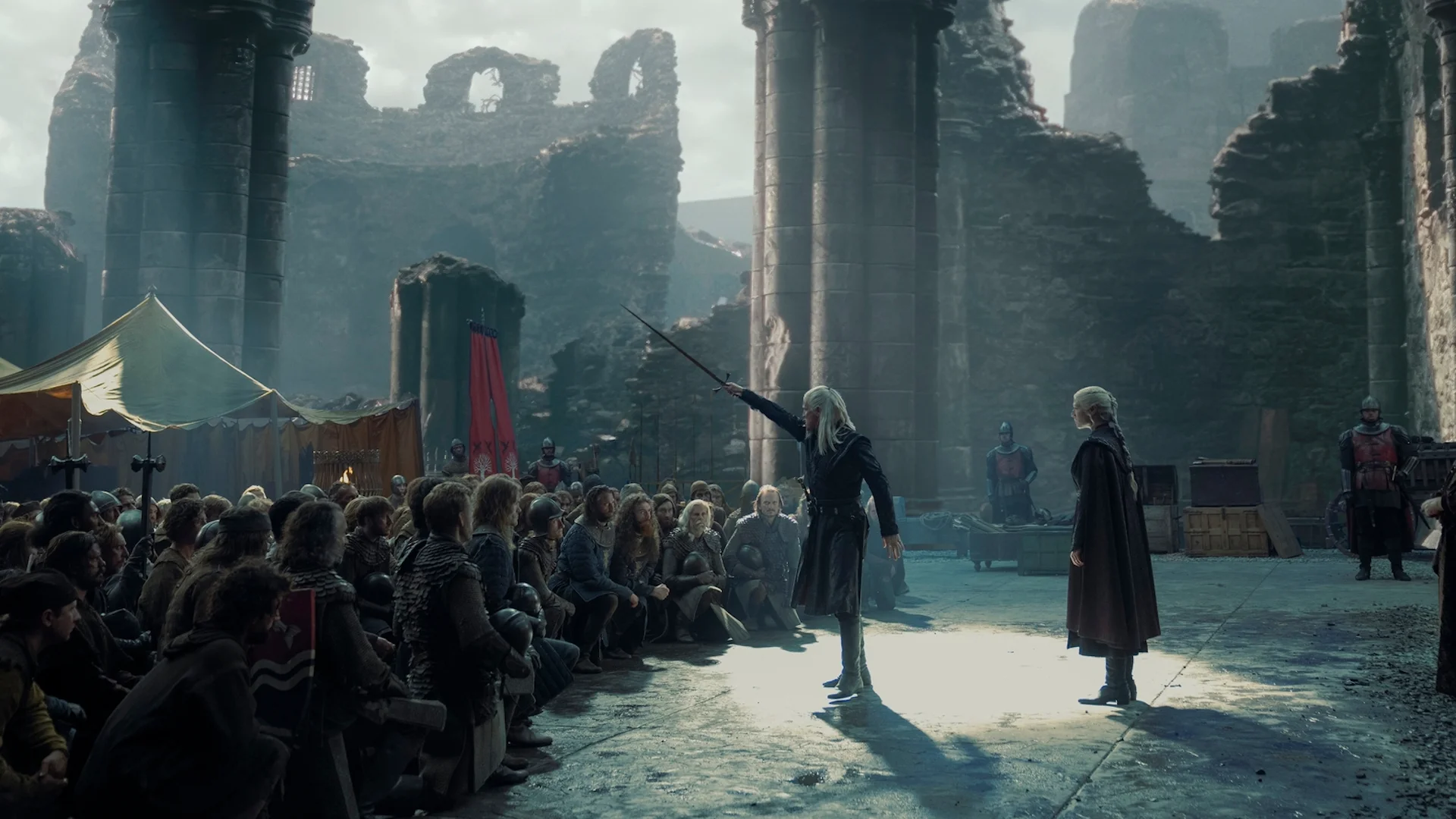Jack Mort is the primary antagonist in The Drawing of the Three. He is also a key character in the Dark Tower series as a whole, due to his actions dramatically affecting both Susannah Dean and Jake Chambers. As an accountant in a large firm, Jack excels at blending into the mundane rhythms of everyday life, using his anonymity to mask his twisted compulsion for orchestrating “accidents” that harm or kill others, including Odetta and Jake.
Appearances
- The Dark Tower II: The Drawing of Three – Jack Mort is a psychopathic killer responsible for critical events in the lives of Susannah and Jake. Jack drops a brick on a young Odetta Holmes, causing an injury that results in her split personalities (Detta and Odetta); years later, he pushes her onto the subway tracks, permenantly injuring her legs and forcing her to use a wheelchair. Later still, he pushes Jake in front of a car, killing him. Roland enters Jack’s mind through the “Pusher” door, a few days before he is to push Jake. Roland ends up forcing Jack to commit suicide by stepping in front of a subway train, which creates a paradox central to the series (because if Jack is dead he could not have killed Jake by pushing him in front of a car).
Backstory
Jack Mort was a successful and unremarkable accountant, but secretly harbored a twisted need to inflict harm. He meticulously planned his attacks, making sure to avoid any actions that could lead to getting caught.
Jack’s actions had devastating consequences for his victims. He was responsible for dropping a brick on five-year-old Odetta Holmes, an event that caused her to develop dissociative identity disorder, splitting into Odetta and the violent alter ego, Detta Walker. Years later, he pushed Odetta in front of a subway train, severing her legs and deepening the psychological scars that would define her future struggles. Jack also murdered Jake Chambers by shoving him into the path of a speeding Cadillac, a death that sent him into Mid-world.
Physical Description
Jack Mort was deliberately nondescript, blending seamlessly into society with his unremarkable appearance. He was of average build, with neatly combed hair, a clean-shaven face, and a professional wardrobe typically consisting of a suit and tie. This plain exterior enabled him to move unnoticed, hiding his monstrous nature behind the guise of a respectable professional. His calm demeanor and detached expression betrayed no hint of the sadistic impulses that defined his private life.
Personality and Traits
A cold and methodical man, Jack Mort was seemingly devoid of empathy. His victims were not individuals in his mind, but rather objects, whose pain existed solely for his gratification. He derived sexual pleasure from the pain he inflicted. Jack’s ability to compartmentalize his sadistic urges allowed him to maintain the facade of a quiet, unassuming professional.
He tried his best to be a “Do Bee”, someone who worked hard and planned properly — a Do Bee wouldn’t get caught by the police for killing someone, because a Do Bee would make sure to plan an escape route after their planned crime.
Strengths, Weaknesses, and Abilities
Jack Mort’s greatest strengths lay in his intelligence, methodical planning, and ability to blend into society. His unassuming demeanor allowed him to evade suspicion while carrying out his carefully orchestrated crimes. Jack’s precision and calculated approach to murder ensured that his actions appeared as accidents, further shielding him from accountability. His detachment from emotion enabled him to execute his plans without hesitation, making him an effective predator.
However, Jack’s strengths also revealed his weaknesses. His rigid reliance on control left him vulnerable to unforeseen events, as demonstrated when Roland entered his mind and seized command of his body — though uncertain, it’s possible if Jack was more cognitively flexible, he may have resisted Roland better. Jack’s lack of empathy or remorse isolated him, leaving him devoid of meaningful relationships and support. This emotional and psychological void rendered him incapable of adapting to challenges, ultimately leading to his downfall.
Key Relationships
Jack Mort’s relationships were defined by predation and detachment. His interactions with Odetta Holmes and Jake Chambers were marked by cruelty and indifference, as he viewed them solely as objects to satisfy his sadistic impulses. Jack’s attacks on Odetta fundamentally shaped her identity, creating the fractured duality of Odetta and Detta Walker and setting the stage for her eventual transformation into Susannah Dean. Similarly, his murder of Jake had far-reaching consequences, influencing Roland’s quest and creating the paradox that fueled the events of The Waste Lands.
Jack’s only significant connection beyond his victims was with Roland Deschain. When Roland entered his mind through the Pusher Door, he commandeered Jack’s body and forced him to commit acts against his will, including gathering supplies for Roland’s mission.
Role in the Dark Tower Series
The ripple effects of Mort’s actions in The Drawing of the Three are felt throughout the series. His attack on Odetta Holmes created her dual personalities, which later merged into Susannah Dean, a key member of Roland’s ka-tet. His murder of Jake Chambers introduced the paradox that shaped the events of The Waste Lands, underscoring the series’ examination of destiny and free will.
Jack’s role also highlights Roland’s evolving morality. By taking control of Jack’s body, Roland prevents further atrocities and gains critical resources for his quest. However, this intervention creates unintended consequences, illustrating the complex, often paradoxical nature of Roland’s journey. Jack’s death — forcing him to throw himself under the same train that maimed Odetta — symbolizes the cyclical nature of violence and retribution that pervades the series.
Though his presence is brief, Jack’s legacy endures, serving as a stark reminder of the ripple effects of violence. His actions and their consequences illustrate the fragile intersections of fate, choice, and morality that define The Dark Tower’s narrative.






